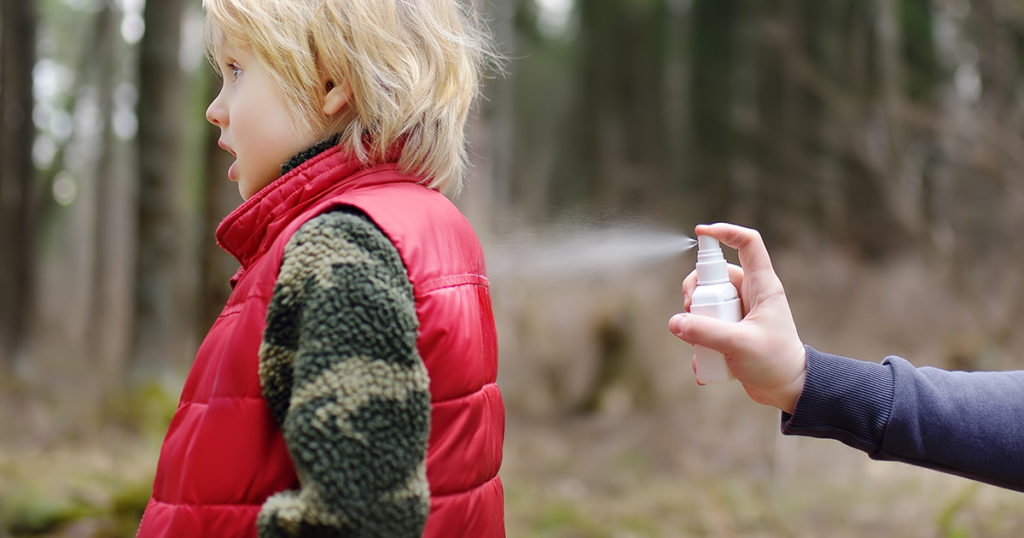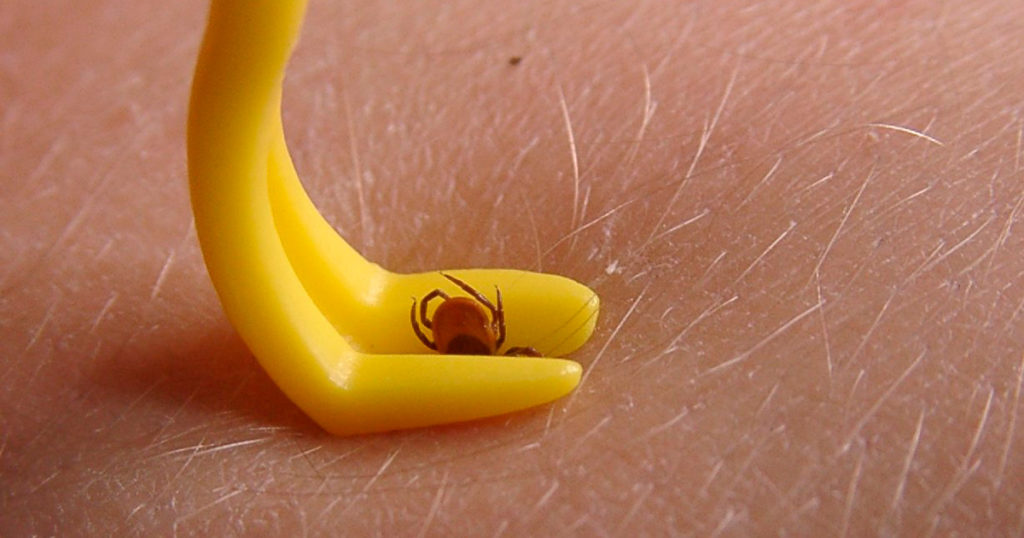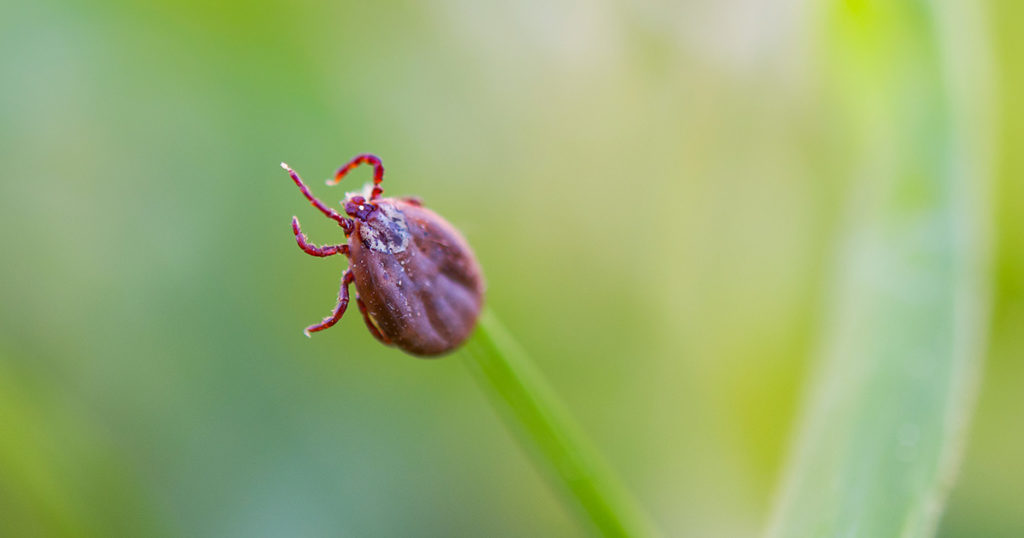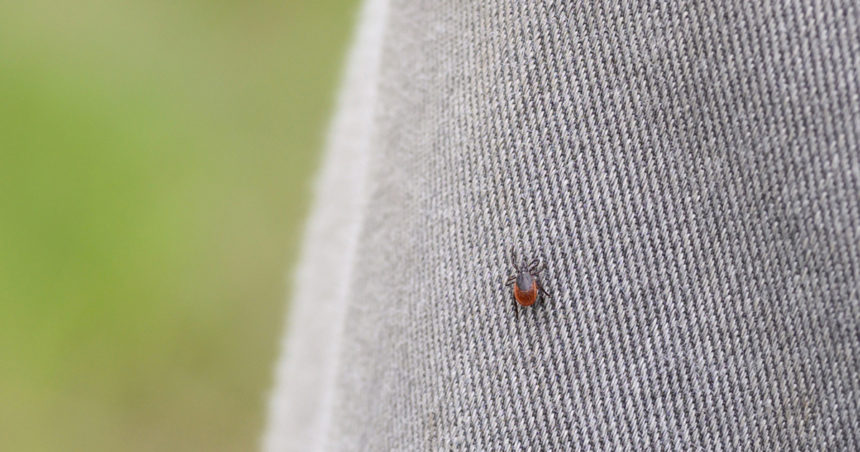The month of March announces the beginning of spring, it also marks the return of outdoor activities, and the return of ticks that appear when temperatures are above 8° Celsius. On a walk in the forest or in the nature, these small mites can cling to your skin and, if they are infected with the Borrelia bacteria, they can transmit Lyme disease, but also tick-borne meningoencephalitis (TBE), which is less common.
How to avoid being bitten by a tick and what to do if you are bitten?
This is what we invite you to discover in this article.
Some tips on how to protect yourself when walking and doing outdoor activities
- Avoid walking in tall grass on leafy mats on carpets of dead leaves, prefer trails;
- Wear long, covering clothes, preferably light-colored to better see the ticks, and closed shoes;
- Use a tick repellent available in pharmacies to apply on your clothes and skin. Be careful, not all of them can be used on the skin, ask your pharmacist for information;
- When you return, look carefully at your body and your children’s body for ticks. It is important to know that ticks are particularly fond of certain places on our body, such as:
- armpits,
- groin folds,
- elbows and knees,
- back and neck,
- navel,
- back of the ears and ear canal,
- as well as the scalp.

And if you spot a tick, what to do?
- Remove the tick as soon as possible, as the risk of transmitting the Lyme disease bacteria increases the longer the tick is attached to the skin;
- Do not use disinfectant before removing it. The product may cause the tick to regurgitate, which would increase the risk of infection;
- Use a tick remover that you can buy in a pharmacy but no tweezers. There are different sizes of tick pullers depending on whether it is a nymph tick (a baby tick) or an adult tick. The tick puller is used by making a circular movement in a counterclockwise direction;
- If you have not removed the head, don’t fight it, go see your pharmacist or doctor;
- After removing the tick, thoroughly disinfect the skin with modified alcohol or a chlorexidine-based antiseptic (biseptin);
- Note the bite date and watch for changes.

When to consult your doctor?
- If you are pregnant and have been bitten by a tick;
- If the bite involves a child under the age of 8;
- If the bite is more than 36 hours old;
- If a red, non-itchy patch appears around the place where you were bitten (between 3 days and 1 month): Erythema migrans. Be careful immediately after the bite or within 24 hours, a red but in this case itchy patch may appear, this is a normal reaction to tick saliva;
- Symptoms appear in the weeks following the bite: fever, joint pain, unexplained fatigue etc.
According to this, and after examination, your doctor will prescribe an antibiotic treatment if necessary.



